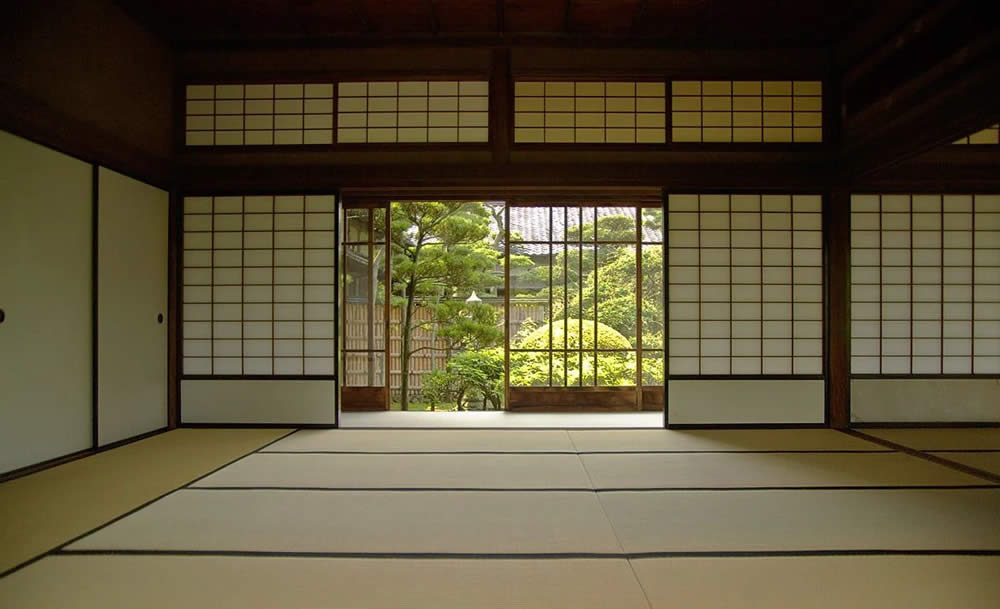A little-known fact about acoustic movable walls is that they have been used for centuries, dating back to ancient civilisations. The concept of movable walls for sound control and space flexibility can be traced back to early Japanese and Chinese architecture.
In Japan, traditional “shoji” screens were used as sliding panels made from wooden frames and translucent paper. These shoji screens served as room dividers and light diffusers, allowing natural light to filter through while providing some acoustic isolation.
Similarly, the concept of “Fusuma” screens was prevalent in ancient China. Fusuma were sliding panels made from wood, paper, or fabric, used to create versatile spaces within traditional Japanese houses.
Using movable walls for acoustic control and spatial adaptability has persisted over the centuries and evolved into the modern acoustic movable walls we see today. These contemporary systems often incorporate advanced sound insulation materials and sophisticated engineering to provide effective soundproofing and configuration options in commercial spaces, conference rooms, hotels, and other large venues.

